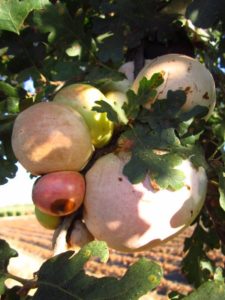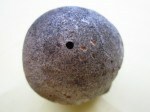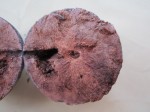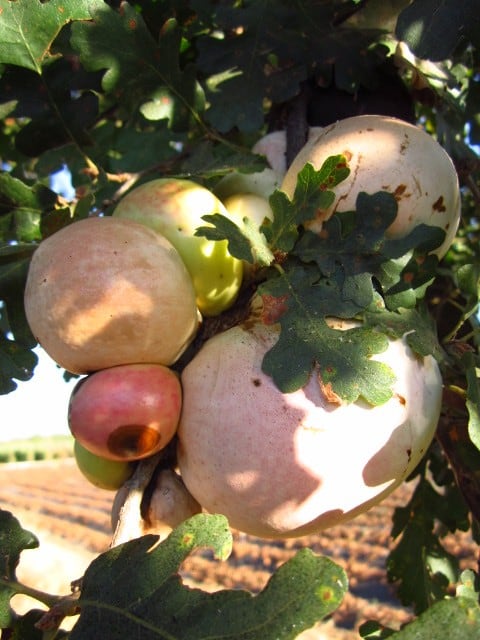
As we enter the final week of summer it seems fitting to talk about Quercus lobata Née, the Valley Oak. This tree is a late summer source of bee forage in Northern California where forage is scarce going into the fall. Valley oaks are endemic to California and are found in the interior valleys and foothills. At this time of year one can hear honey bees buzzing high up in the canopy. They’re not visiting flowers, but “oak apples,” a type of gall induced by the oak gall wasp Andricus quercuscalifornicus. What the bees are after is the honeydew the gall secretes.
The tiny wasp responsible for inducing these galls lays her eggs in plant tissue on the stems of Valley Oaks. The emerging larvae stimulates the growth of a gall which acts as a nutrient sink providing the growing wasp with the food it needs throughout its development. As a result of nectar secretion, the gall attracts bees, ants, flies and beetles. When these insects feed on the honeydew they discourage parasitoid wasps from disturbing the developing A.quercuscalifornicus wasp within the gall.

While the physical act of honey bees feeding on Valley Oak galls is beneficial to the gall wasp, honeydew foraging may not be all that great for the hive that is receiving the crop. Honeydew honey can cause dysentery in honey bees that are overwintered on it as a result of high levels of minerals and indigestible sugars. While honeydews from other plant sources are produced in spring and summer, the negative effects are not generally seen within the hive. The diversity of forage being brought in during these seasons likely offsets any indigestion resulting from the honeydew being collected.

One last fun fact about the Valley Oak is that the species Q.lobata boasts the largest oaks in the United States. The tallest Valley Oak can be found standing 140 feet tall in Covelo, California in Mendocino County. Also, as a new resident of Chico, California it was fun for me to discover that Bidwell Park was home to the largest Valley Oak, known as the Hooker Oak, until it fell in 1977 at 325 years of age.

For more information on gall wasp and Quercus species’ interactions check out K.N. Schick’s article “Cynipid-Induced Galls and California Oaks” in Fremontia: A Journal of the California Native Plant Society, Volume 30, Nos. 3-4, July/October 2002. The web address is: http://www.cnps.org/cnps/publications/fremontia/Fremontia_Vol30-No3and4.pdf
